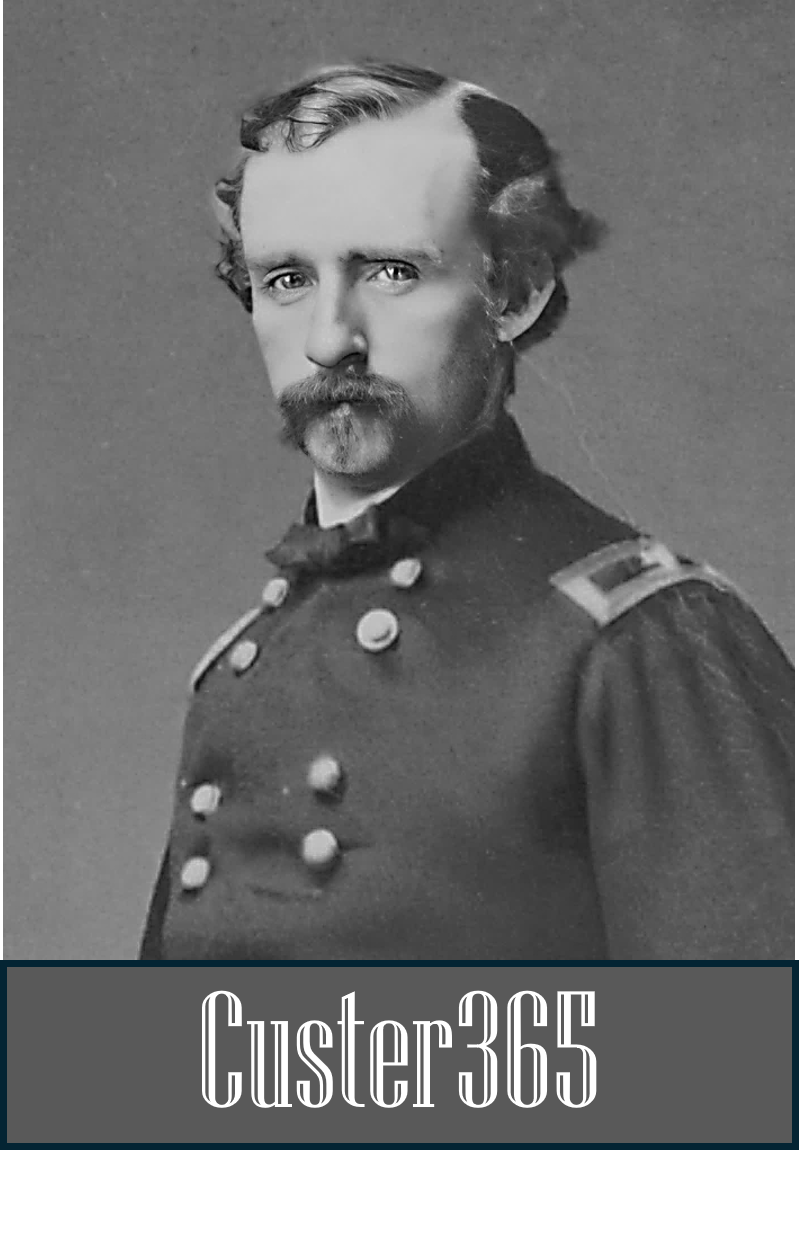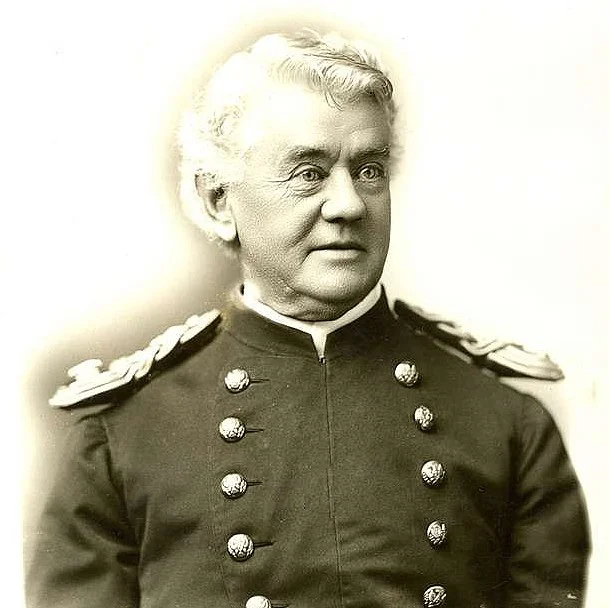AUG 21: Custer Nemesis Takes Command
During this week in 1886, Major Frederick William Benteen assumes command of newly opened Fort Duchesne in Utah Territory.
Major Frederick Benteen. (Credit: National Park Service)
According to Utah History Encyclopedia, Fort Duchesne replaced Fort Thornburgh in the Uinta Basin, which had been abandoned by the U.S. Army during the winter of 1884-85. The Department of the Interior and the War Department each sent investigators to the area who recommended the establishment of a permanent fort. Gen. George Crook selected the site in August 1886; it was three miles above the junction of the Uintah and Duchesne rivers and midway between the Whiterocks agency and Ouray agency headquarters.
Major Benteen led two troops of the Ninth Cavalry from Fort McKinney, Wyoming, and a Captain Duncan led four companies of infantry from Fort Steele, Wyoming, onto the Ute Reservation to establish the fort. The cavalry troops Benteen led into the Uinta Basin were a detachment of the Ninth, which was a Black cavalry unit that served on the Uintah frontier for twelve years. They later followed Theodore Roosevelt up San Juan Hill in Cuba during the Spanish-American War.
Benteen served under Lt. Col. George Custer at the Battle of Little Bighorn on June 25-26, 1876, where Custer and 210 members of the 7th Cavalry were killed by Sioux and Cheyenne warriors. To say the two officers did not like each other would be a gross understatement. Benteen had despised Custer for years and blamed the deaths of Lt. Joel Elliott and 17 soldiers at the Battle of Washita River in November 1868 on Custer. (Note: More on this in a future post.)
At the Battle of Little Bighorn, Benteen was given command of a battalion of soldiers responsible for bringing up ammunition and supplies on pack mules behind Custer. Custer’s second in command, Maj. Marcus Reno, was ordered to take his battalion and strike a large Indian village along the Little Bighorn River. After charging toward the encampment and meeting fierce resistance, Reno and his men retreated back across the river and withstood a steady assault by warriors for the remainder of June 25 and into June 26.
Following Little Bighorn, Benteen remained in the Army and continued to fight Indians. About a year after taking command at Fort Duchesne, Benteen was suspended for drunk and disorderly conduct. He was convicted and faced dismissal from the Army, but President Grover Cleveland reduced his sentence to a one-year suspension.
Lt. Henry D. Styer (standing, second from right) with Ute Indians near Fort Duchesne, Utah Territory, in 1886. (Credit: National Archives)
Fort Duchesne closed in 1912. The community developed around it, within the Uintah and Ouray Indian Reservation, was established in 1864. Several bands of Utes were forced on to the reservation in about 1880.
The headquarters of the Ute Indian Tribe are located here today. Its reservation includes much of Uintah County.



